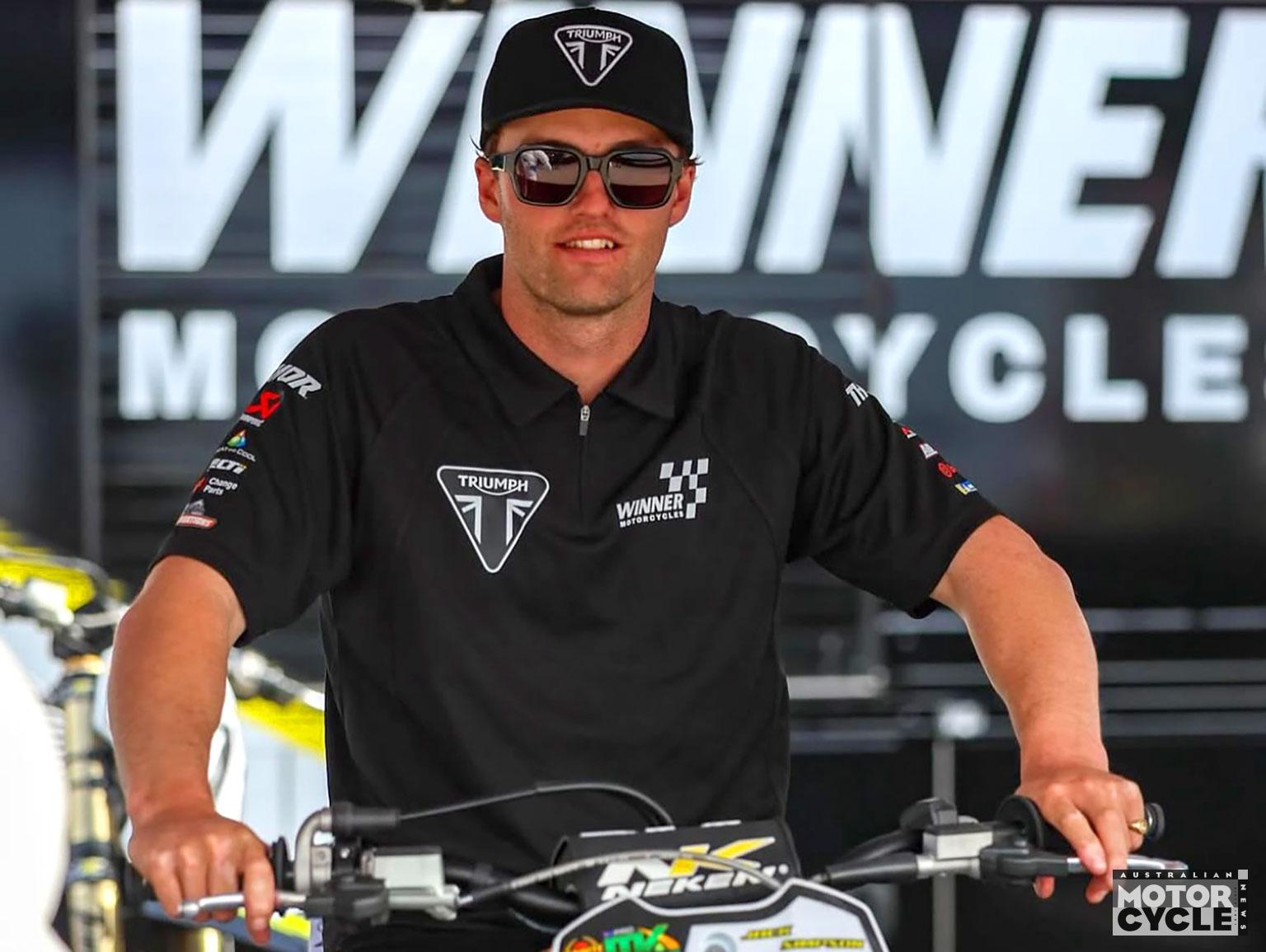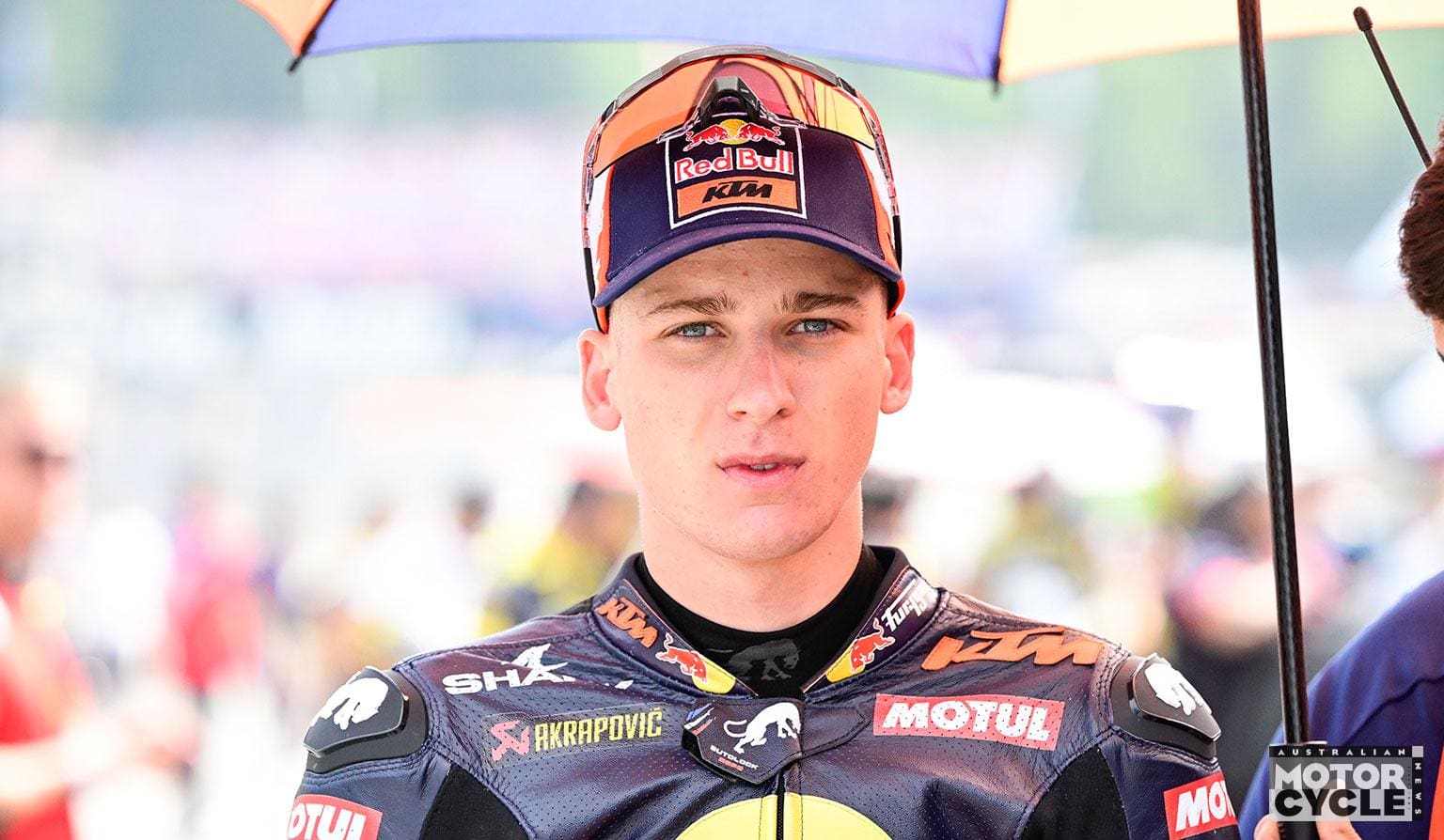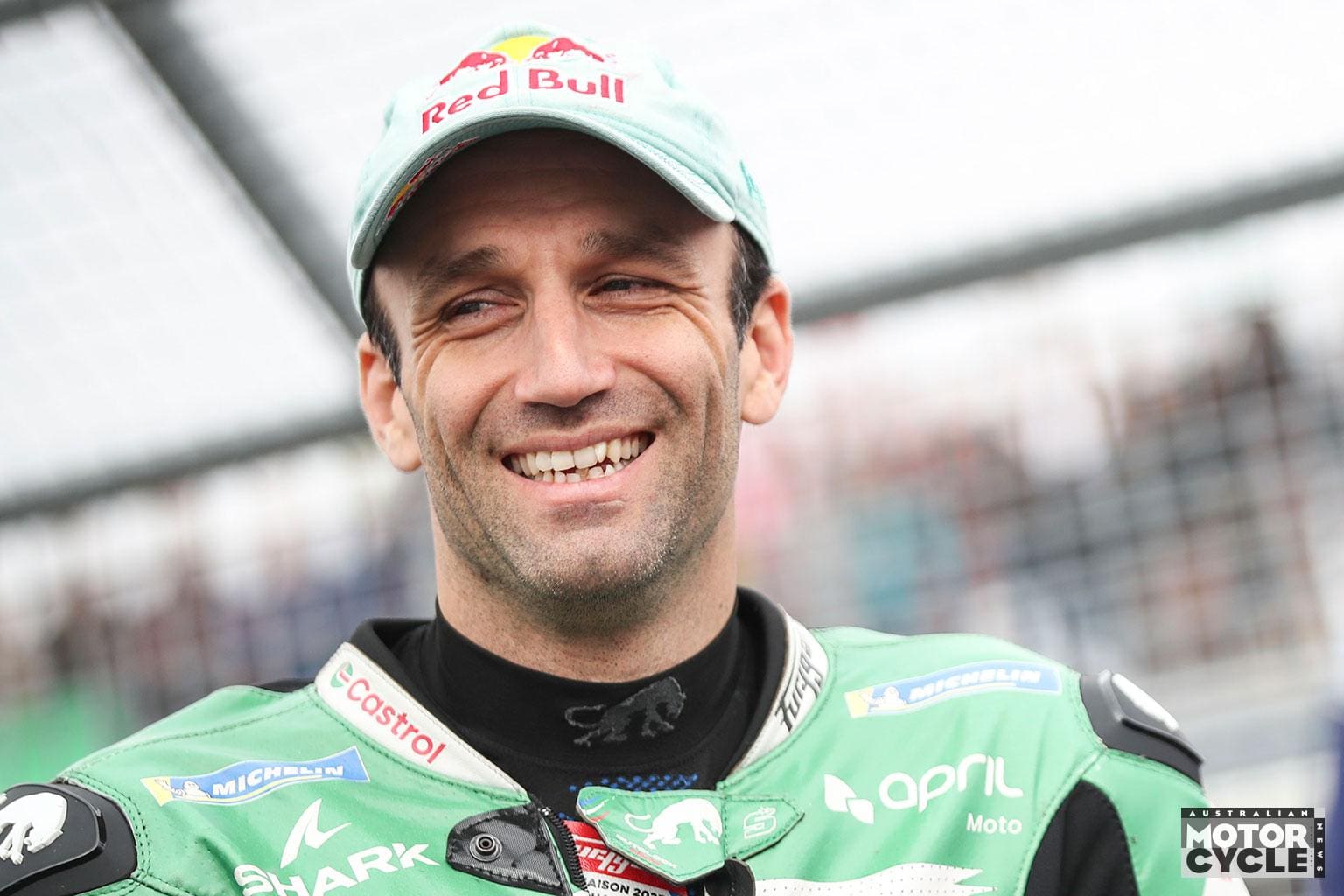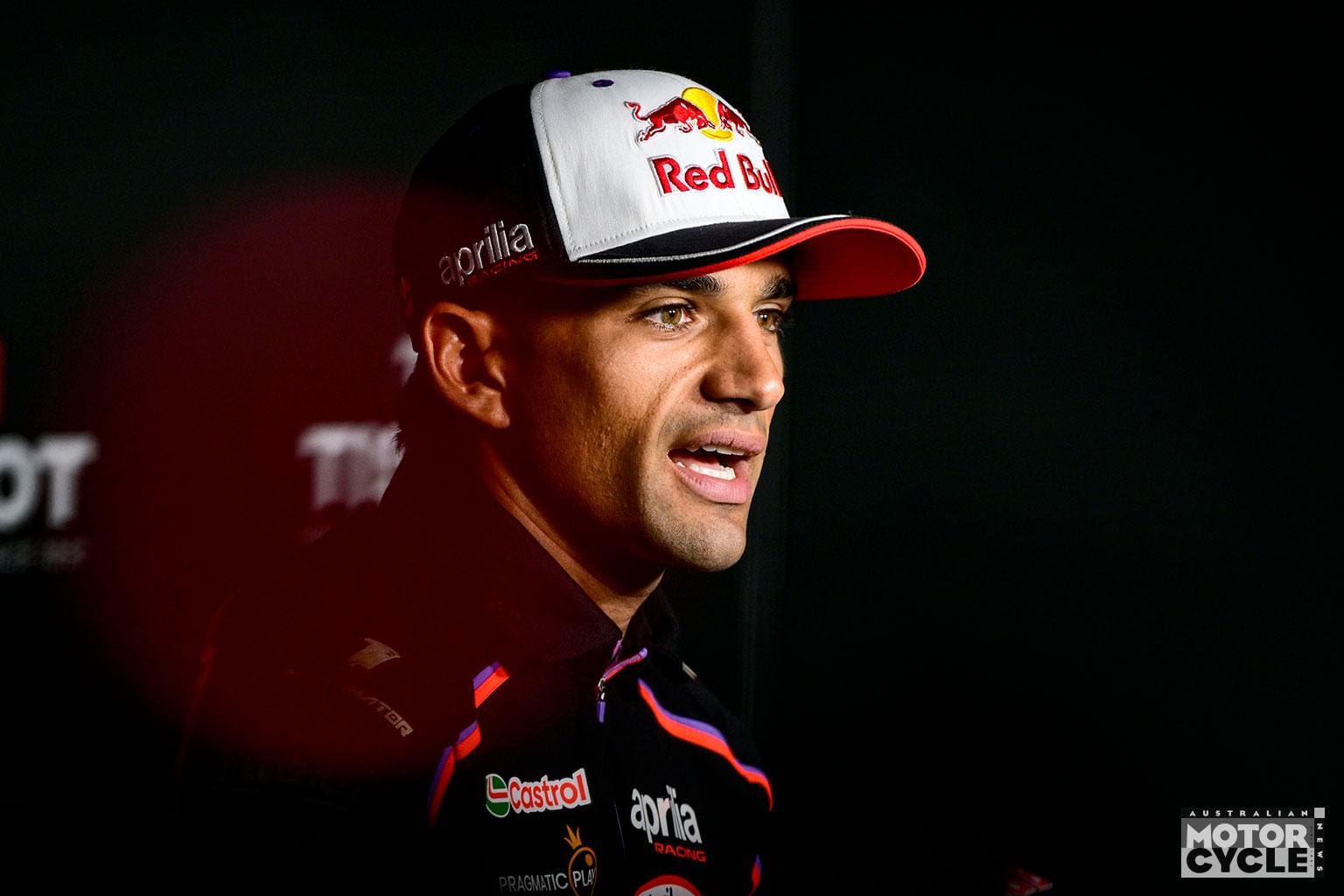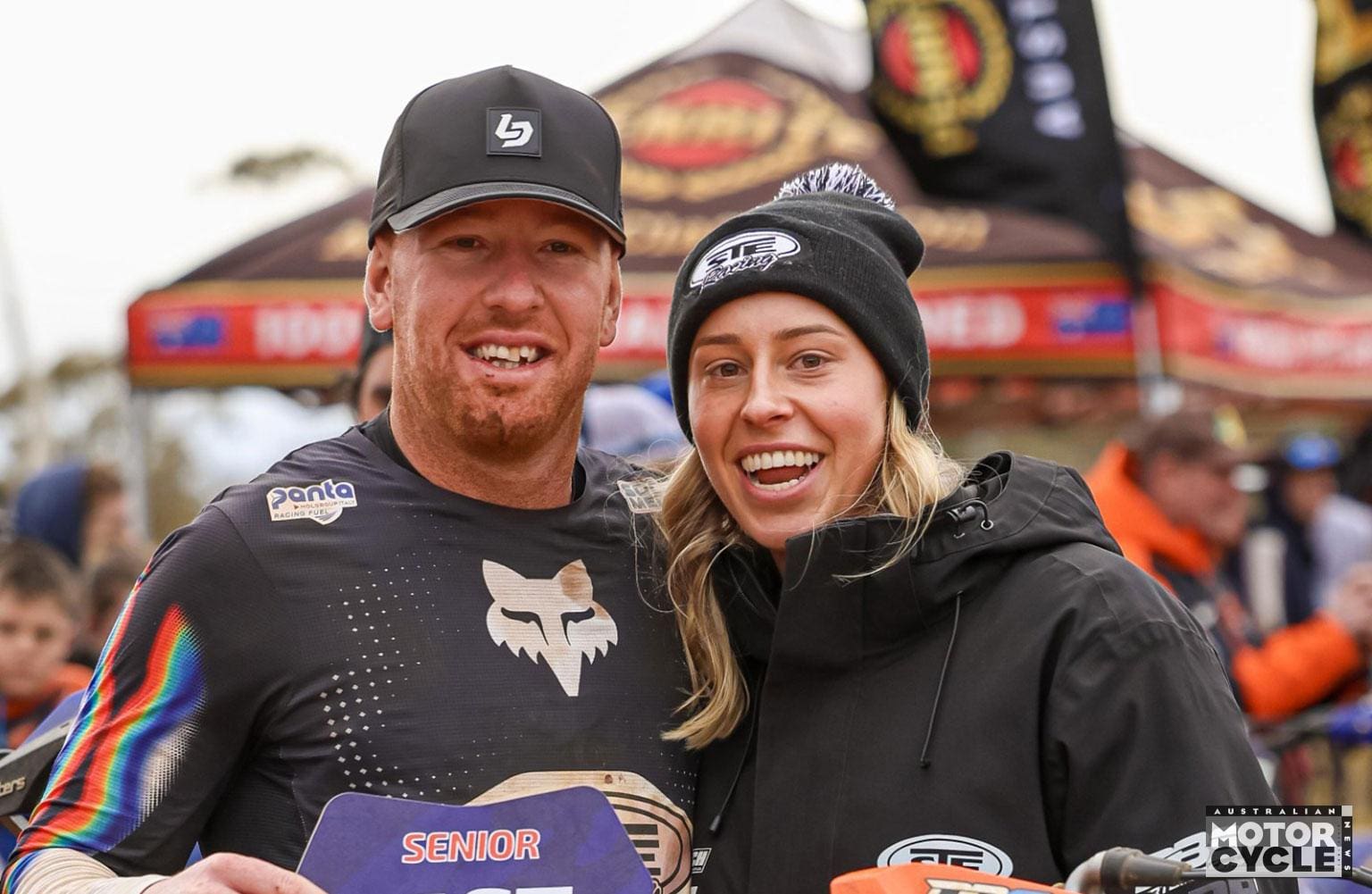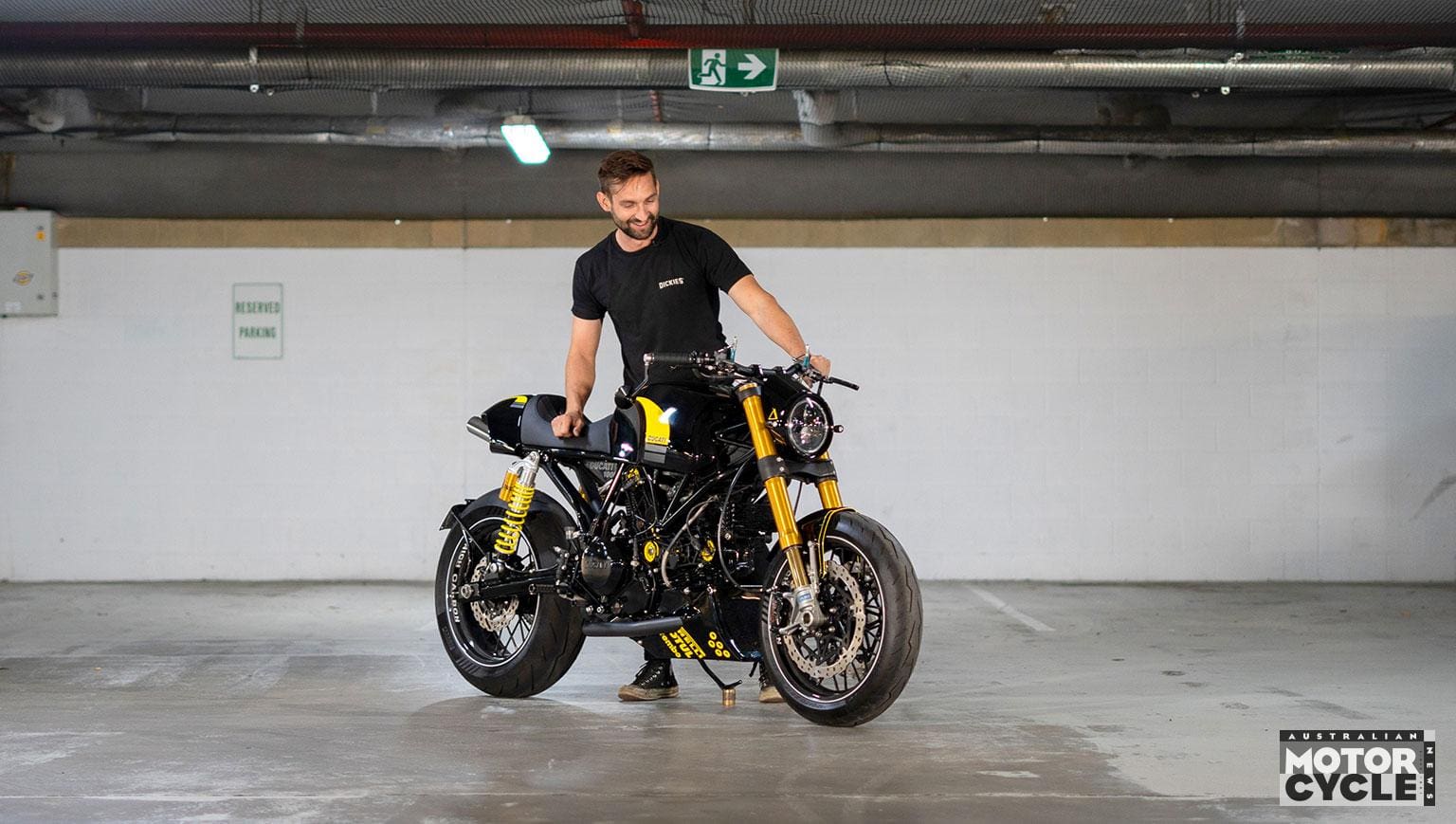It was at the beginning of 2016 when Motorcycling Australia’s then Sporting Director Peter Doyle was appointed acting CEO of the organisation. Eight years later, the highly regarded former race team manager and crew chief is as committed to improving motorcycle sport in this country as he’s ever been.
Now, speaking candidly about the state of racing in Australia, AMCN asked Peter Doyle to address many of the concerns raised by punters and race teams alike.
It’s not always apparent, but there are a lot of balls in the air being juggled behind the scenes to keep a series like ASBK afloat – with many conflicting and competing agendas that need to be considered and satisfied.
It’s taken patience but the formula is working. Through his work as FIM Oceania President, Peter Doyle brings an international perspective to his role. Australia simply isn’t a big enough player to influence the international motorcycle market but that doesn’t make us irrelevant and Doyle’s attitude reflects that.
So take a seat and listen in.
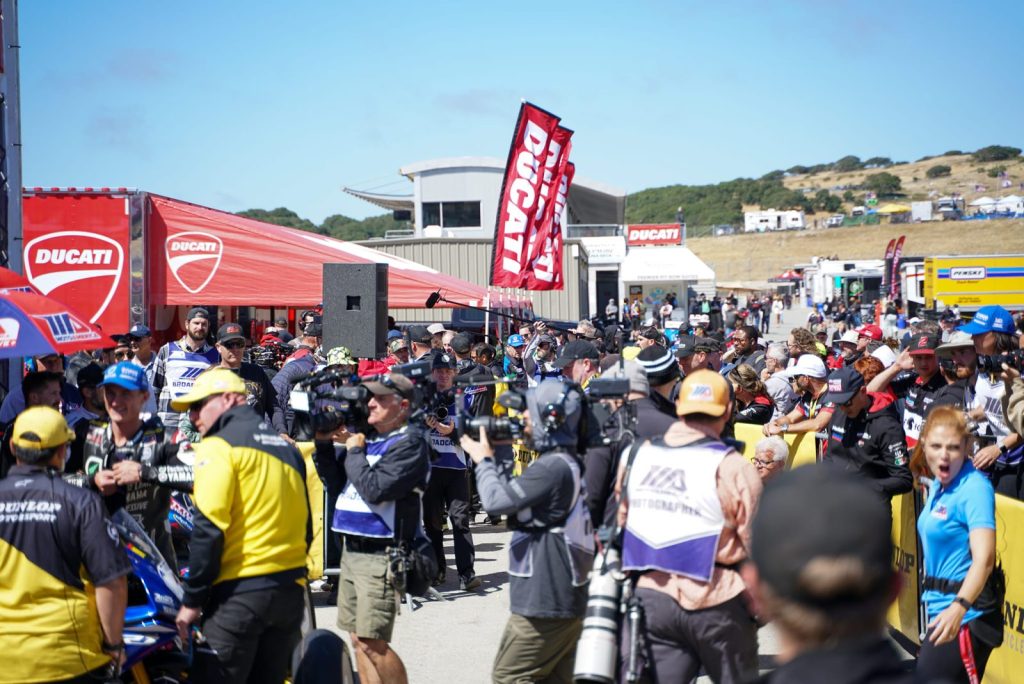
Let’s start with a report card on road racing. Generally speaking, how are we going? Are we in peril?
My opinion, and I’ve raised this at FIM level, is that road racing is at a global crossroads. That doesn’t mean I think it’s going to fail – I just think it’s very fragmented.
We can see this in sportsbike sales, so you could then pose the question whether MotoGP and WorldSBK should be two separate series. MotoAmerica has been struggling for a long time, it’s probably a bit better now than it was five years ago, but BSB is the benchmark right now.
It’s a complex landscape if you also consider manufacturers are no longer making the traditional 300, 600 or 1000cc machines. These days we have a 636, 320, 959, 1100, so that introduces more complexity into rules and regulations and every time somebody puts forward a debate, you can counter it with another debate.
One thing we hear often is ‘sportsbike sales are tanking in this country’. But hang on, sportsbike sales are tanking all over the world, yet we still go MotoGP and World Superbike racing. So I don’t think we are in peril, but I don’t think we are in a position at the moment to see sustainable long-term growth. We’re floating.
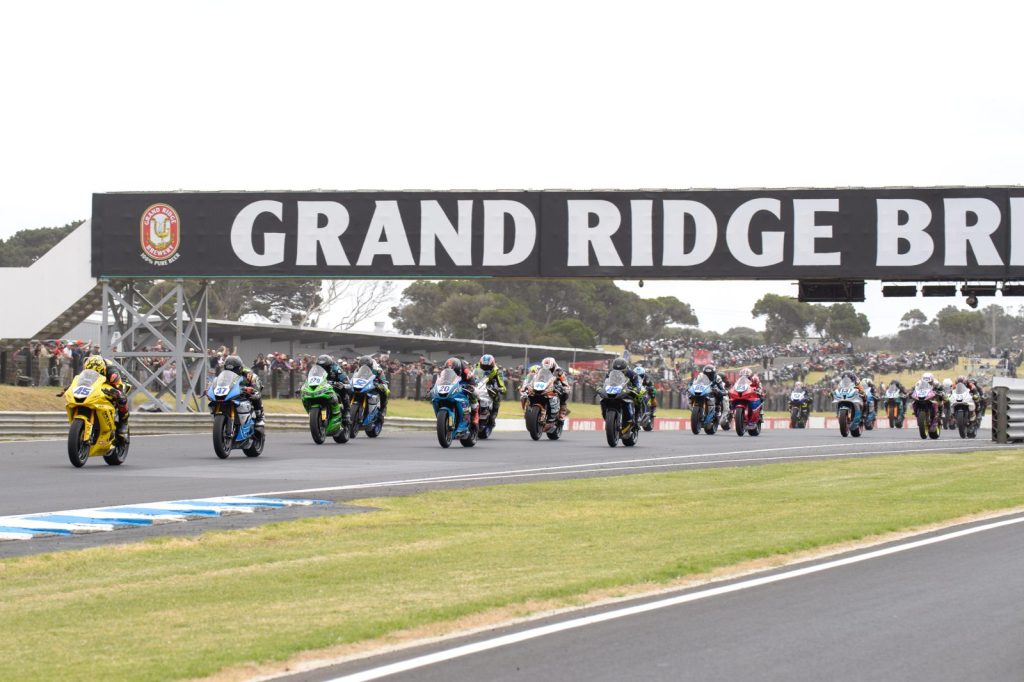
We will always hear people say ‘let’s just go production racing, what you buy is what you race.’ We’re basically doing that now in Australia, aren’t we?
No matter what your formula is, you have to take a road motorcycle and make changes to it or modify it to put it on the racetrack. Yes, you do hear the old story of ‘we should go production racing’. I was involved in production racing and it became as expensive as Superbike racing. Especially given that Australian Superbike rules, in a global perspective, are practically Superstock.
I know cost is what people talk about, but it’s very difficult to make the rules lower spec or cheaper here in Australia. If you go and buy a BSB bike, your initial outlay is going to be about $300k. Everyone has a different opinion. If we go BSB-style racing in Australia we will have probably 10 bikes on the grid and five the year after.
It’s also an accessibility thing. In motocross you’ve got your four traditional Japanese brands, the KTM group of three, Ducati, Triumph plus boutique European manufacturers like Sherco. They sell purpose-built racebikes and they don’t do that for road racing. Have a look at the baggers that [Troy] Herfoss is going to ride. What’s the cost of those? $US175,000 ($A269k)… but people here are telling me we should be racing baggers.
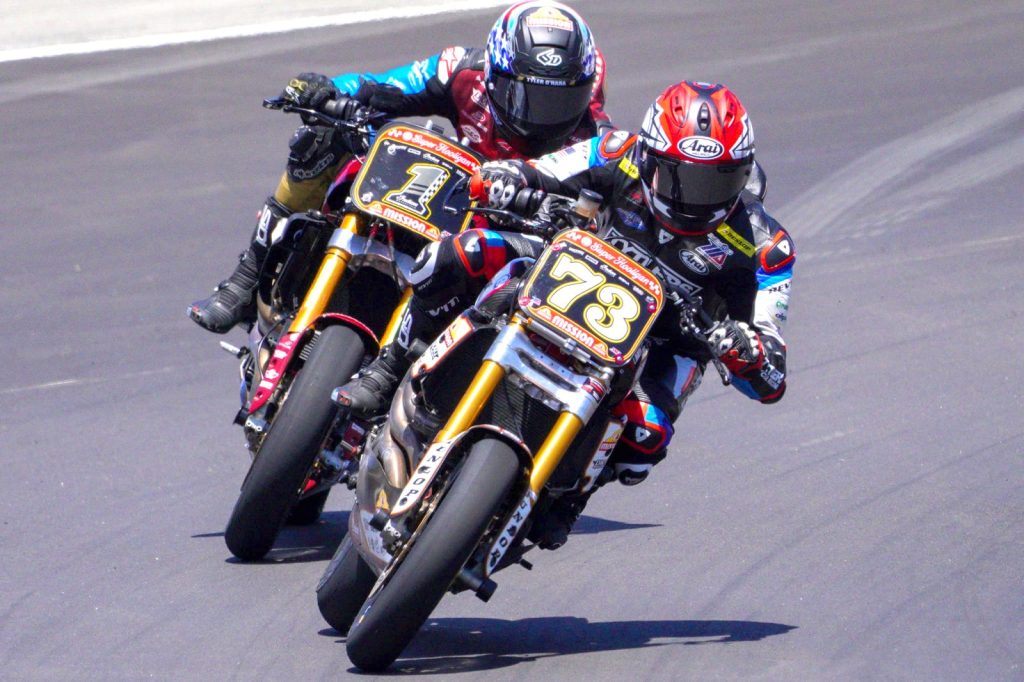
Can anything be done at an FIM level to improve the situation – both for ASBK and the prospects of young riders hoping to get a start in an overseas series?
Dorna is the controlling body for all the world championship classes and there is a very clear movement commencing in 2024 by the FIM.
They’ve already had one meeting with all the national federations in an attempt to harmonise the regulations in Superbike categories across the world.
The words used from the FIM technical department were – ‘we need to have a set of global rules that more reflect what’s going on in countries like Australia’. Closer to standard with enough flexibility to also do some tuning and development.
I would suggest that won’t appeal to America or England. Many of the teams involved in America are into manufacturing chassis parts, engine parts – that’s what their business is. Those two countries I don’t think will want to pull back, but who knows?
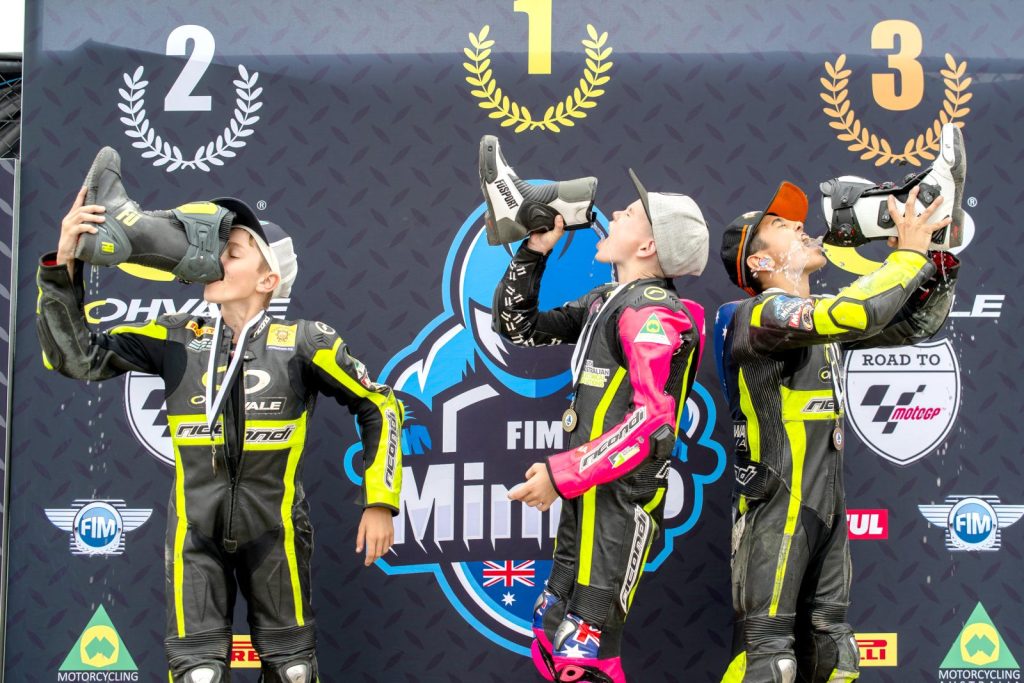
A common theme is that we need to see more money being injected into the sport. Who has that capacity in your opinion?
Out-of-industry money is the dream, but we’ve got two world championship events here run by the Grand Prix Corporation and Phillip Island Operations. Wouldn’t those two organisations love to have Australians competing in those events (MotoGP and WorldSBK) forever and a day? When Australians compete at an international level the crowds at those events spike dramatically, so they have a vested interest. I think if those two organisations invested more in our national championship they would benefit greatly.
It flows on that if you have a strong domestic championship, you have riders from your country in that series. The only other way is to make families pack up everything when their kids are pre-teen or a teenager and go to Europe and invest money to produce an exceptional rider.
If you don’t have strong domestic racing then the chances of having future champions is remote.
There’s been a call around the paddock for a while now to try and condense the ASBK calendar. Should that happen? If so, what are some of the barriers?
There’s been discussions, yes. If you want a personal feeling, I think Australia should move towards a summer series.
We’ve been involved with those sorts of things before – the old Swan Series, the Pan Pacific Series… there’s pros and cons to it.
If my memory serves me right, that move was rejected the last time it was put forward. It can be difficult for people to get their head around racing over two calendar years plus there’s financial years and Japanese budget years. There’s so many different financial calendars, I think it would take a lot of paperwork.
The pros? It’s not footy season. You would think from a television perspective it would also be better.
The cons? People would say that we’re racing modified streetbikes – temperature is already a problem and we currently race in winter. In summer you might have to start allowing cooling systems that are worth $15k or $20k, spare bikes, etc., and it creates an issue.
If we didn’t have to consider technical rules, I think a summer series would work quite well – but the other thing is you also have to fit a schedule in with all the racetracks. There’s a limited number of racetracks in this country and it’s hard enough trying to create a schedule when all the ones we need to visit are booked out 50 weekends a year. Negotiating a set of dates that would work over a given period would be challenging, but clearly a shorter season would be better.
At the start of the year we’ve got our opening round running with World Superbike. If the last round was in late November, you’ve got a three-month break.
Is three months long enough? In some people’s eyes, no, but in others, yes, because that’s what they do – they race bikes. So, it’s subjective.
There’s more to it than saying let’s condense the season. Who would want to be riding in Queensland in wet season or Tailem Bend in February? It’s not a simple thing but I think we could make it work.
The Swann Series was always in December and ran for three weeks in a row. Nowadays many teams don’t want to race even two weekends in a row. Also, October and November is the busiest motorsport month in Australia; you’ve got to go to Queensland, South Australia, Victoria.
I think back-to-backs are quite good if you’re well organised. You’re on the road but there’s a small break. You’re in the groove but probably spending less time off work than if there was a three-week break. There are no easy answers or pleasing everybody.

If we look at the withdrawal of Honda this year in ASBK, is the diminishing support of manufacturers a problem?
It’s a global thing. Have a look at MotoAmerica. Have a look at BSB. It shouldn’t be a big deal if manufacturers aren’t directly involved, but the sport really does need them to be involved – look at what the racing dollar spend does for the economy.
Honda might not want to spend the money on an in-house team, so they partnered up with a private team (that was run by Deon Coote in ASBK). That’s how the whole of BSB works and also Moto America. But have a look at the contingency programs put out in the USA by the manufacturers for Moto America. It’s hundreds and hundreds of thousands of dollars. They are involved, it’s just in a different way. What do we have here?
I guess you don’t hear about it if it exists at all. The last one I remember being publicised was Suzuki maybe six years ago.
Well, there you go. Maybe in Australia they don’t make noise about it like the Americans. Directions, sales plans, marketing plans, a lot of that is personal. Back in the day when the Japanese were the be-all and end-all of the sport, management supported racing and the manufacturers wanted to beat up on each other. Things change.
Suzuki pulled out of the USA, but they still support the M4 team. Yamaha pulled out but they support the Attack team. Ducati support Warhorse. It seems to be a global trend. If someone wants to start a team, they’re responsible to find the sponsors and a factory might supply riders, bikes and parts, and the team covers the running costs. That seems to be a pretty standard arrangement in some other countries. But then look at motocross in the USA. Honda, Kawasaki, KTM have these huge in-house factory racing efforts where they are spending $ 10m to $20m – the market doesn’t justify it – but they are still doing it.
So how do you crack the code of success in running a team? What’s the secret?
One of the biggest ways to achieve success that I’ve been involved in is stability and consistency. All the personnel, riders, bikes and engineering crew that I’ve worked with both with Kawasaki and Suzuki have had stable plans, longer-term staff. You hire someone who’s good and you keep them there.
With riders you get a young guy and a solid older guy. You need consistency in the way you do things and with the external support you bring in. You only change things if you’ve got problems.
One of the issues we can have in Australia is the inconsistency we have with supporters of racing. You’ve got someone who loves it so they start a team. They do two years, pay someone a bunch of money but things don’t turn out the way they expected, so they get disenchanted and leave. It seems a bit more common here than in other countries. We’re a small country so we’ve got fewer skilled people to draw from; big country, long way away, not many people. But I do think over time that Australia has batted well above its average.
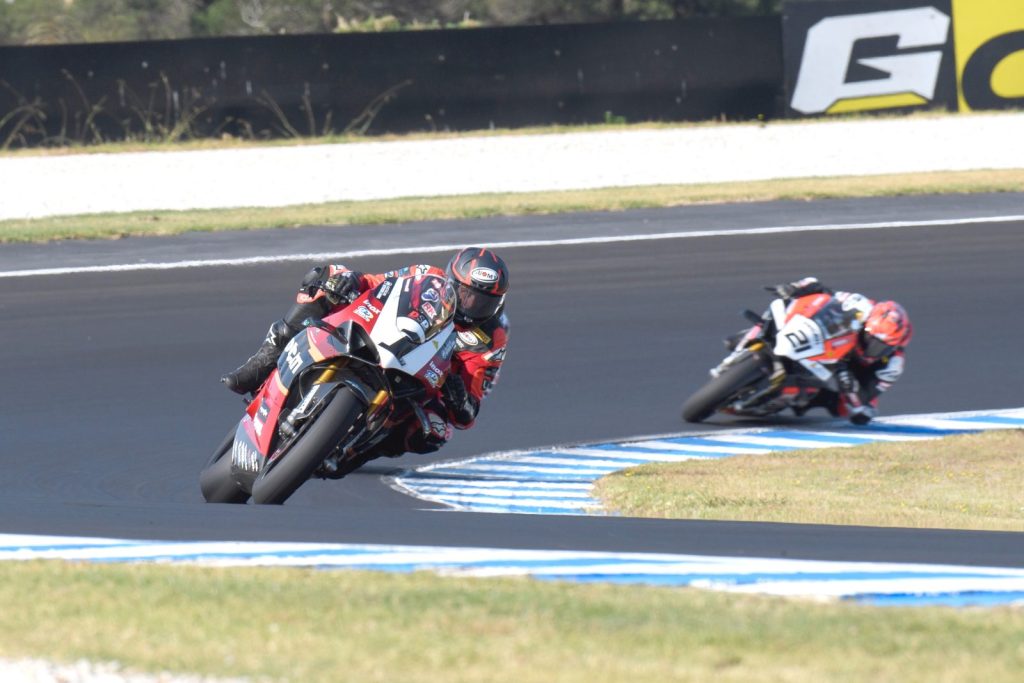
Do you see a point where ASBK goes WorldSBK style and starts limiting engine rpm to keep parity?
I hate parity. I don’t agree with it. Say you throw a rider on a motorbike – you can have the best bike – but because the rider and team aren’t that good the organiser decides to give them an advantage. Then when someone comes along to run that same bike but they do get things right – good team, good rider – then you’re in trouble, they wipe the floor. It’s not the motorcycle, it’s the guy turning the throttle that makes the difference. There is a perception in Australia that the Ducati is too dominant, but who won last year and the year before? The Ducati is probably the best production bike but it should be – it’s double the price.
Riders switch teams, new bikes come along, different people become involved with a team – those things can make much more difference than 3-400rpm. In the real world, in my world, it’s up to the opposition to get better. I don’t think there is anything wrong with the BMW, for example, things just haven’t quite gelled for them, that’s all.
What about Next-Generation Supersport? Are we likely to see rules like that implemented in ASBK at some stage?
I would suggest in the short-term the answer is no. It comes back to trying to make parity and I think it’s a far more difficult equation than at the 1000cc level. You’ve got smaller engines, lower power, big twins, lots of torque, different capacities and quality controls. In Australia that would require someone to look after it full-time.
World Superbike has six full-time technical staff whereas we rely on volunteers or people working other jobs. It has been discussed, it’s not off the table, but there is a way to go before it’s seriously considered. We changed pathways so riders could jump into Supersport earlier, we introduced the Kawasaki 636, subtle changes that I think have boosted that class. If we were to introduce rules that were more expensive or complex right now, it might harm the class. But, if we want to get more manufacturers or models involved that’s what we have to do.
How about junior development and pathways to racing overseas? That’s always the target for every rider. Your thoughts?
There’s never been, in Australian history, so many options for juniors. Even guys in the 1990s weren’t allowed to get on roadbike until they were 16 or 18 years old. We’ve now got many junior road racing programs: MiniGP, OJC, etc.
The majority who go overseas go too early. I’ve always maintained that if you can’t win here, don’t go. There can be horror stories overseas in terms of cost. Max Stauffer has made the comment that he needs to win here first. In my eyes he is right.
We had the machine going here in the 1990s where we would wildcard in odd events, we could turn up anywhere in the world and be competitive. Phillis and Campbell in the late 1980s… then we moved Slighty, Mladin, Gobert, Goddard, Craggill, McCarthy, Corser, Bayliss. They won here and then the next year they were in Europe or America. It’s a long list.
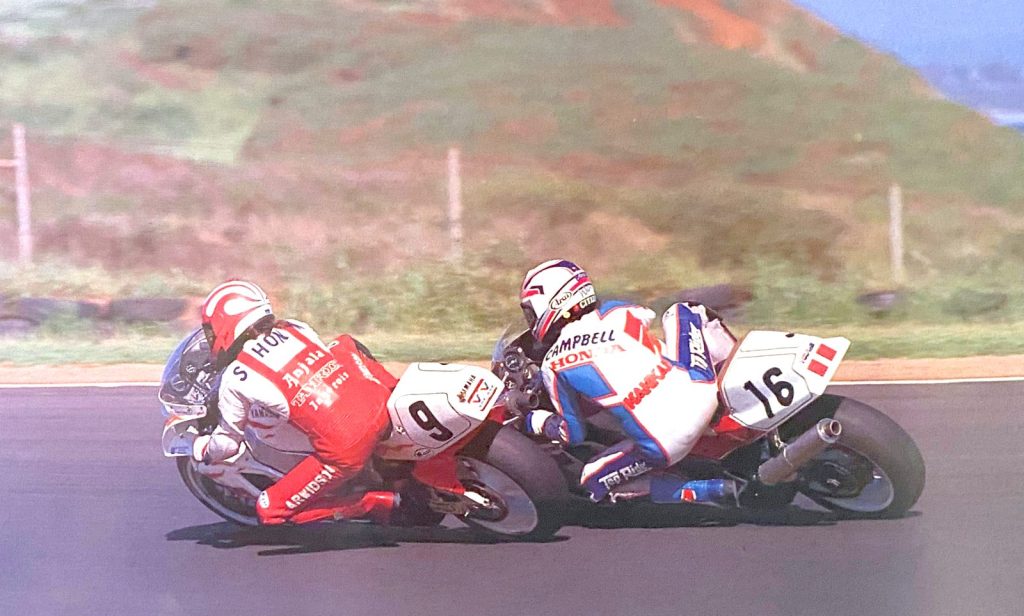
Were they just uber talented, though, particularly the ones who came out and won a Superbike title early in their career?
The best bikes through that period put out about 145 horsepower. Probably 50 horsepower down on what our bikes produce now – so in that respect they were easier to transition to.
The big thing though – you had good teams with good people and good backing. Warren Willing was running Yamaha, Mick Smith was running Honda, Peter Goddard got Suzuki going and brought Phil [Tainton] in later, the Ducati Dealer Team with Arthur Davis and Peter Smith – all good solid teams with international connections.
People often mention to me we should source government funding to get riders overseas but the only serious government money will go to Olympic sports. So forget about that. There is no support for non-Olympic sports other than administrative support.
The pathways to international success have always been the manufacturers, teams and their connections. We may have lost the idea of leveraging international connections.
WORDS MATT O’CONNELL PHOTOGRAPHY ROB MOTT & AMCN ARCHIVES
